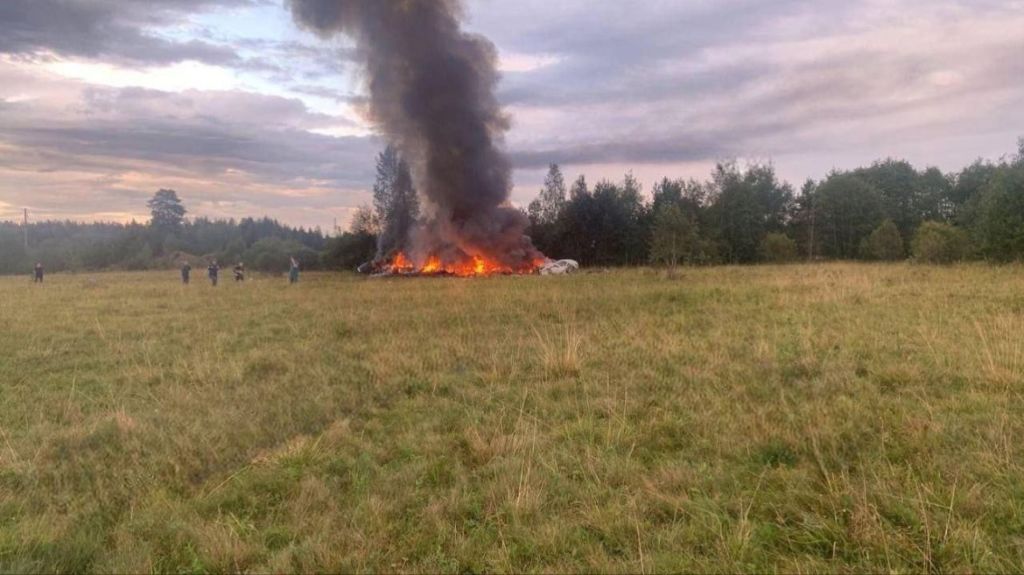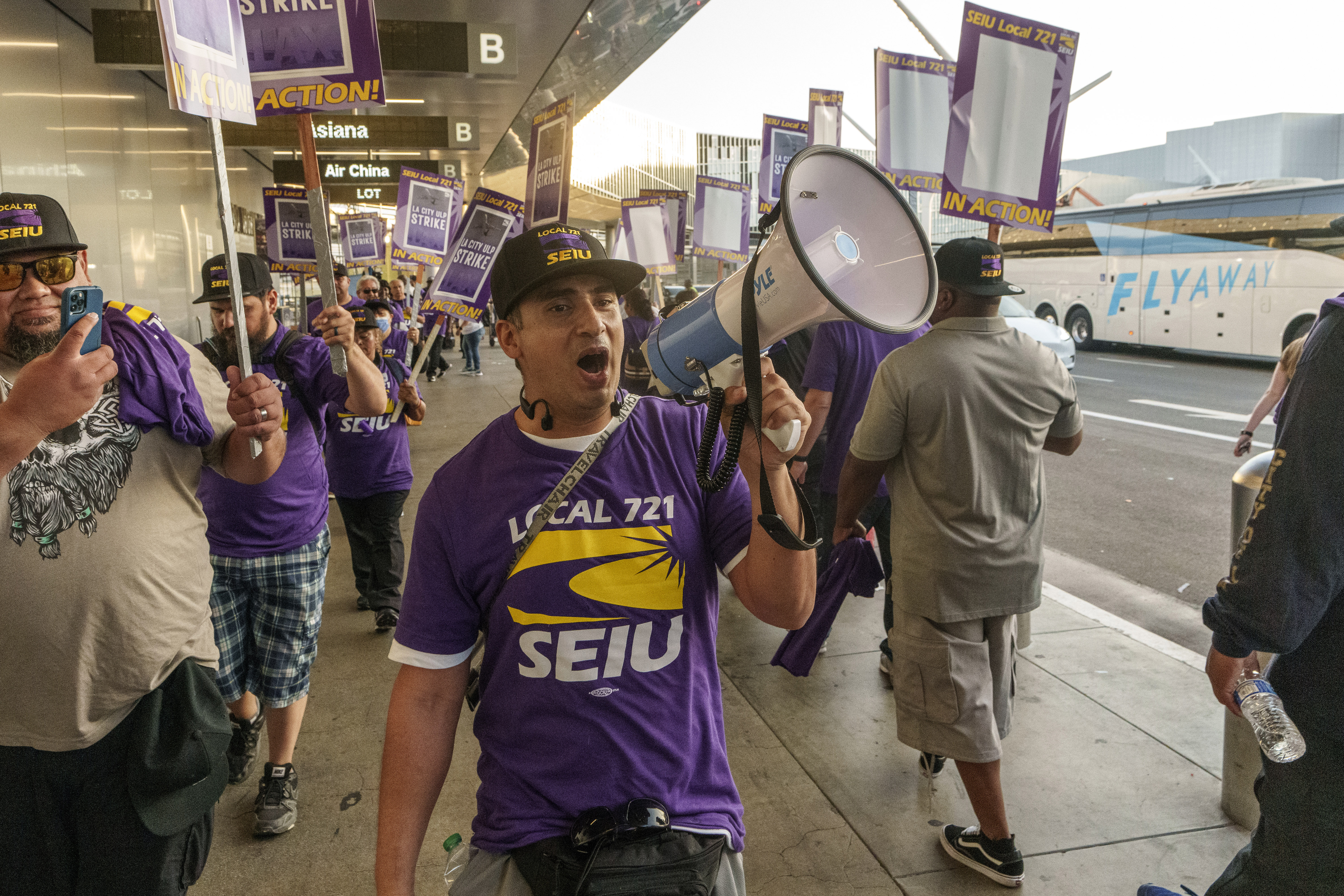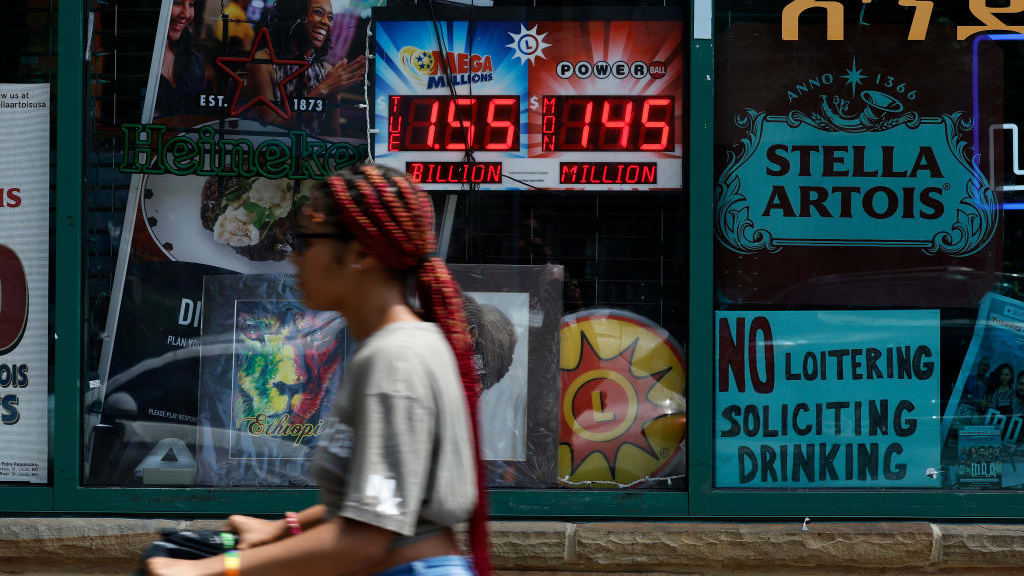New York Times finds in recent weeks, protesters have been tear-gassed in at least 98 U.S. cities


Since the anti-racism and police brutality protests sparked by the death of George Floyd began on May 26, law enforcement agencies in at least 98 U.S. cities have used some form of tear gas against demonstrators, The New York Times reports.
The Times interviewed police departments and analyzed protest photos, videos, press briefings, and statements from law enforcement. The newspaper did not include police departments that denied using tear gas or gave inconclusive answers.
This has been the most widespread domestic use of tear gas against protesters since the Vietnam War-era, Stuart Schrader at Johns Hopkins University told the Times. "Thousands and thousands of utterly ordinary people who thought they they were going to an ordinary protest event are finding themselves receiving a really aggressive police response," he said. "That itself is a bit horrifying. The police have actually succeeded in making people more angry."
The Week
Escape your echo chamber. Get the facts behind the news, plus analysis from multiple perspectives.

Sign up for The Week's Free Newsletters
From our morning news briefing to a weekly Good News Newsletter, get the best of The Week delivered directly to your inbox.
From our morning news briefing to a weekly Good News Newsletter, get the best of The Week delivered directly to your inbox.
Under the Chemical Weapons Convention, tear gas is banned in warfare, but is used around the world to get protesters to disperse. Tear gas is an umbrella term for chemicals used to control crowds, and two specific types have been used during the recent protests: CS, a synthetic chemical released via grenades and canisters, and OC, which is derived from chili peppers and used in canisters, shells, grenades, and sprays.
Experts say canisters should be fired at a short distance, near the edge of a crowd. In Charlotte, North Carolina, local media reported that tear gas was used by officers at both ends of a street, leaving protesters without an escape route, and a 21-year-old protester named Balin Brake lost his eye after being hit by a tear gas canister during a demonstration in Fort Wayne, Indiana. "I'm angry that I was protesting police brutality and fell victim to police brutality," he told the Times.
Some major cities have temporarily banned law enforcement from using tear gas, but several police departments say they have no better options when crowds refuse to disperse or become aggressive.
Dr. Sven Eric Jordt, a Duke University professor who studies tear gas, told the Times there's "very little oversight" of the chemicals purchased by law enforcement, and gas manufacturers are the ones training police. "I think that really changes their mindset, that it becomes a first-line item to deploy against protesters, not a last resort," he said. "I'm very concerned that this gets normalized." Read more at The New York Times.
A free daily email with the biggest news stories of the day – and the best features from TheWeek.com
Catherine Garcia has worked as a senior writer at The Week since 2014. Her writing and reporting have appeared in Entertainment Weekly, The New York Times, Wirecutter, NBC News and "The Book of Jezebel," among others. She's a graduate of the University of Redlands and the Columbia University Graduate School of Journalism.
-
 Pakistan: Trump’s ‘favourite field marshal’ takes charge
Pakistan: Trump’s ‘favourite field marshal’ takes chargeIn the Spotlight Asim Munir’s control over all three branches of Pakistan’s military gives him ‘sweeping powers’ – and almost unlimited freedom to use them
-
 Codeword: December 6, 2025
Codeword: December 6, 2025The daily codeword puzzle from The Week
-
 Crossword: December 6, 2025
Crossword: December 6, 2025The daily crossword from The Week
-
 Nobody seems surprised Wagner's Prigozhin died under suspicious circumstances
Nobody seems surprised Wagner's Prigozhin died under suspicious circumstancesSpeed Read
-
 Western mountain climbers allegedly left Pakistani porter to die on K2
Western mountain climbers allegedly left Pakistani porter to die on K2Speed Read
-
 'Circular saw blades' divide controversial Rio Grande buoys installed by Texas governor
'Circular saw blades' divide controversial Rio Grande buoys installed by Texas governorSpeed Read
-
 Los Angeles city workers stage 1-day walkout over labor conditions
Los Angeles city workers stage 1-day walkout over labor conditionsSpeed Read
-
 Mega Millions jackpot climbs to an estimated $1.55 billion
Mega Millions jackpot climbs to an estimated $1.55 billionSpeed Read
-
 Bangladesh dealing with worst dengue fever outbreak on record
Bangladesh dealing with worst dengue fever outbreak on recordSpeed Read
-
 Glacial outburst flooding in Juneau destroys homes
Glacial outburst flooding in Juneau destroys homesSpeed Read
-
 Scotland seeking 'monster hunters' to search for fabled Loch Ness creature
Scotland seeking 'monster hunters' to search for fabled Loch Ness creatureSpeed Read
